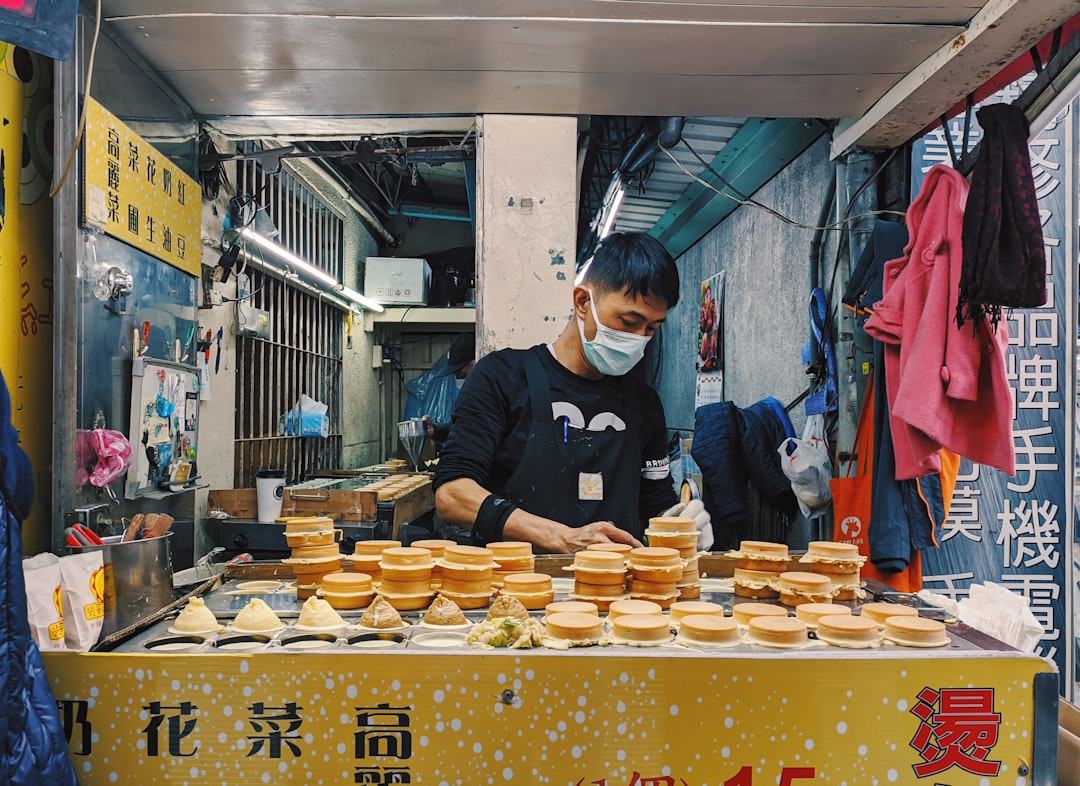What is it about?
To implement risk management against diseases transmitted by species of Culicoides Latreille, 1809 (Diptera: Ceratopogonidae), it is essential to identify all potential vectors. Light traps are the most commonly used tool for the collection of Culicoides midges.Given the indiscriminate artificial attraction of light, traps will collect all night-flying insects rather than only livestock-associated Culicoides midges. Factors that may increase the efficacy of traps, especially for livestock-associated Culicoides midges, require investigation. In the present study, results obtained with Centers for Disease Control (CDC) and Onderstepoort light traps baited with carbon dioxide (CO2) were compared with those of unbaited controls. Comparisons were made using two replicates of a 4 × 4 randomized Latin square design. With both trap types, the mean numbers of Culicoides midges collected in 16 baited traps were higher than those caught in 16 unbaited traps. Although exceptionally low numbers were collected with the CDC traps, the increases in the numbers and frequency of collection of Culicoides imicola Kieffer, 1913 were more pronounced in the CDC traps compared with the Onderstepoort traps. These results indicate that the addition of CO2 may increase the efficiency of these traps for the collection of C. imicola and other livestock-associated Culicoides species.
Featured Image
Read the Original
This page is a summary of: Influence of carbon dioxide on numbers ofCulicoidesmidges collected with suction light traps in South Africa, Medical and Veterinary Entomology, November 2015, Wiley,
DOI: 10.1111/mve.12146.
You can read the full text:
Contributors
The following have contributed to this page










